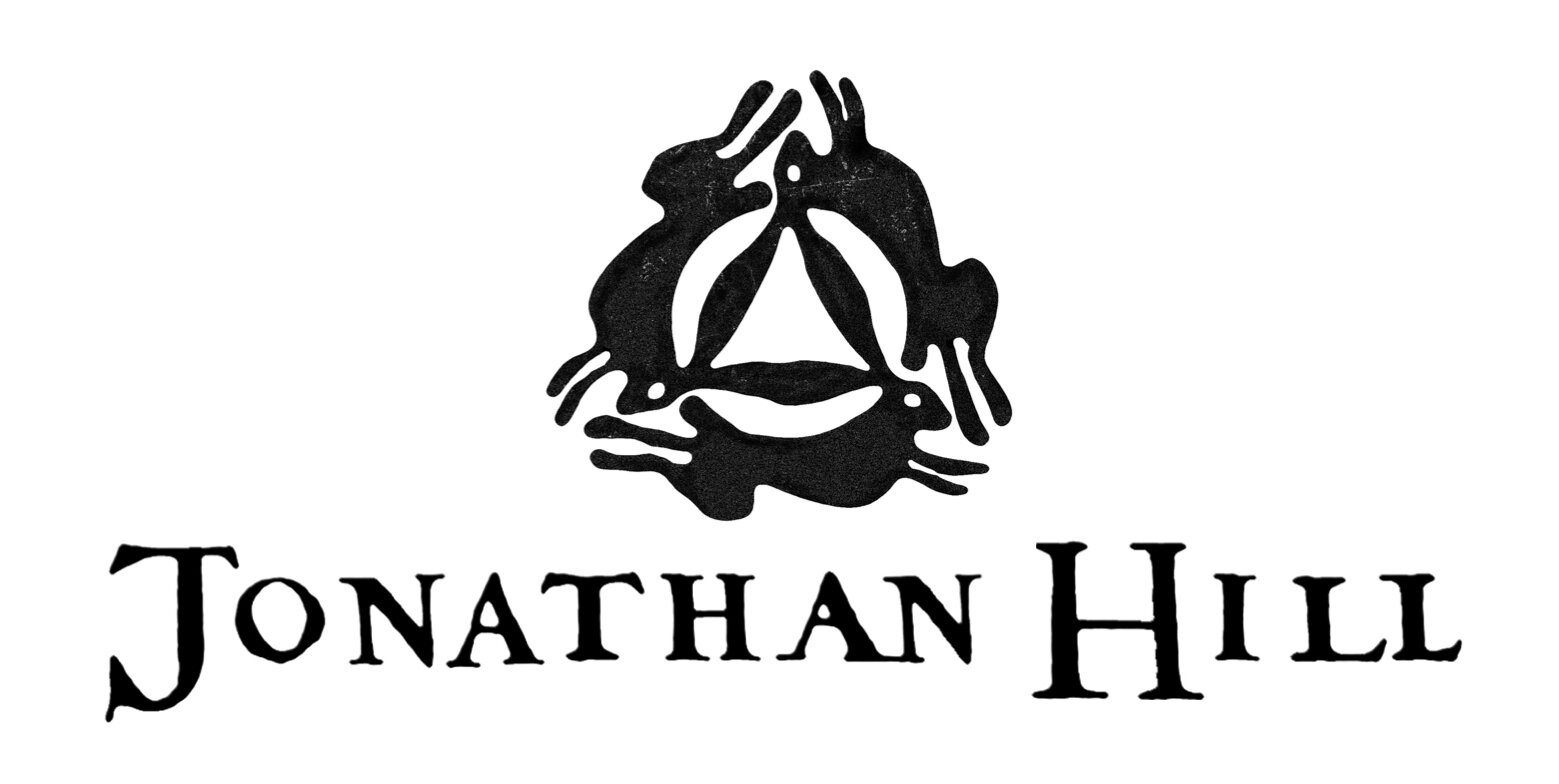A Viola d’amore by Jean-Nicolas Lambert 1772, Victoria and Albert Museum, London.
This was the first Viola d’amore that I measured as a student and what a beauty to start with!
This fine 7/7 instrument, which retains all of it’s original parts, shows developments that were becoming common with makers in Paris as musical tastes changed beyond the Baroque period. This instrument has an arched back which is presumably an experiment to try to gain more power and the small body size to bring it closer to the Violin or small Viola in it’s playability and feel.
The arching itself is quite broad but with a deep and pronounced fluting around the edges and there is an ebony edge around both the front and back, something commonly seen on violas d’amore, serving as protection as well as for aesthetic reasons.
Body Length: 36.5cm
String Length: 34.5cm
There is something very special about the aesthetics and character of this instrument. The head is by the Lafille workshop who produced carvings for instrument makers in Paris at the time. Lafille carvings show a distinct style in the way the hair and facial expressions are cut and they often used hats and head-pieces, ornate foliage in the hair and stars which were stamped into the wood with a small shaped tool. Similar carvings from their workshop and bearing their style can be seen on all sorts of extant instrument such as Hurdy Gurdies, Guitars and Viols.
I particularly admire their carvings because whilst being fine, they show a no-fuss approach and sometimes retain a certain naivety compared to the indulgence of the high Baroque period. The subjects are also often fun characters!
The seven sympathetic strings are held in place with iron nails hammered into the bottom block and the tailpiece is made from solid ebony with flower shaped holes drilled into it.
This instrument has an overall aesthetic where the decoration on the tailpiece, bridge, peg box and sound holes all reflect one another to give a unified feel whilst remaining strikingly simple and un-cluttered. As a craftsman, this is a quality to admire!










